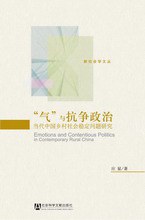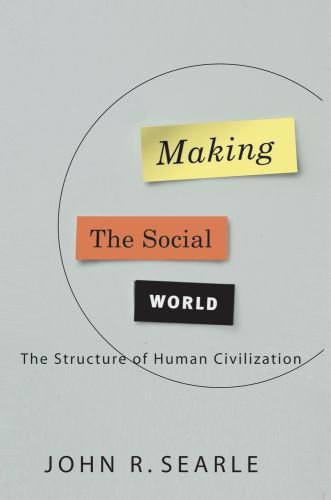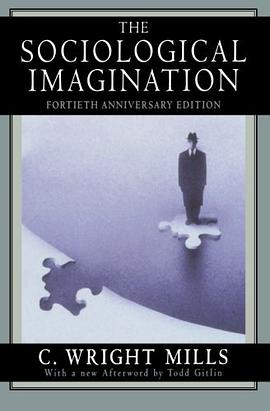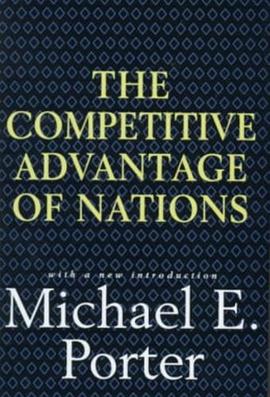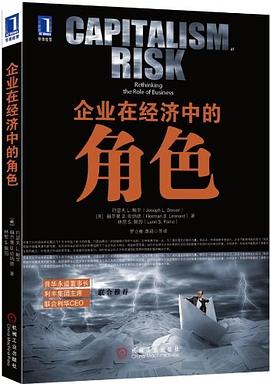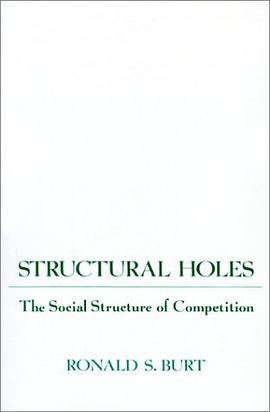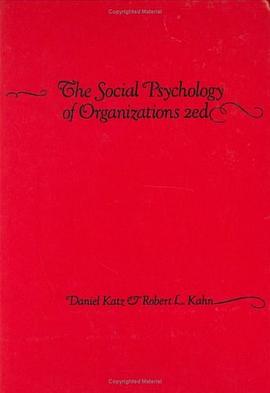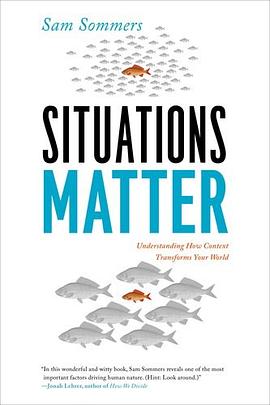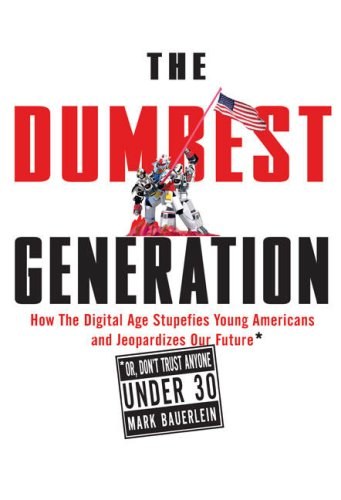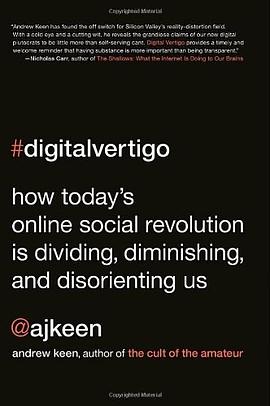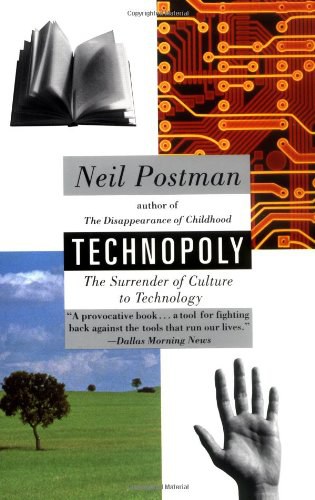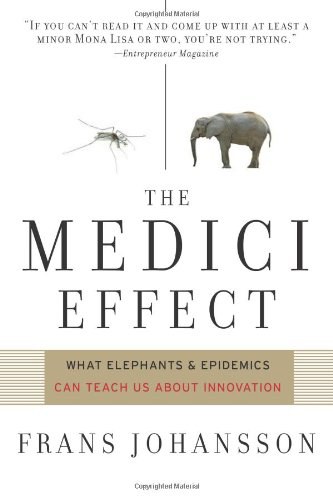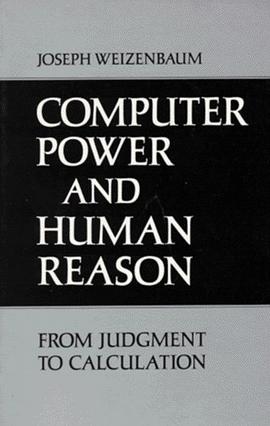Book Description
This celebrated New York Times bestsellernow poised to reach an even wider audience in paperbackis a book that is changing the way North Americans think about selling products and disseminating ideas. Gladwells new afterword to this edition describes how readers can constructively apply the tipping point principle in their own lives and work. Widely hailed as an important work that offers not only a road map to business success but also a profoundly encouraging approach to solving social problems.
Amazon.com
"The best way to understand the dramatic transformation of unknown books into bestsellers, or the rise of teenage smoking, or the phenomena of word of mouth or any number of the other mysterious changes that mark everyday life," writes Malcolm Gladwell, "is to think of them as epidemics. Ideas and products and messages and behaviors spread just like viruses do." Although anyone familiar with the theory of memetics will recognize this concept, Gladwell's The Tipping Point has quite a few interesting twists on the subject.
For example, Paul Revere was able to galvanize the forces of resistance so effectively in part because he was what Gladwell calls a "Connector": he knew just about everybody, particularly the revolutionary leaders in each of the towns that he rode through. But Revere "wasn't just the man with the biggest Rolodex in colonial Boston," he was also a "Maven" who gathered extensive information about the British. He knew what was going on and he knew exactly whom to tell. The phenomenon continues to this day--think of how often you've received information in an e-mail message that had been forwarded at least half a dozen times before reaching you.
Gladwell develops these and other concepts (such as the "stickiness" of ideas or the effect of population size on information dispersal) through simple, clear explanations and entertainingly illustrative anecdotes, such as comparing the pedagogical methods of Sesame Street and Blue's Clues, or explaining why it would be even easier to play Six Degrees of Kevin Bacon with the actor Rod Steiger. Although some readers may find the transitional passages between chapters hold their hands a little too tightly, and Gladwell's closing invocation of the possibilities of social engineering sketchy, even chilling, The Tipping Point is one of the most effective books on science for a general audience in ages. It seems inevitable that "tipping point," like "future shock" or "chaos theory," will soon become one of those ideas that everybody knows--or at least knows by name.
--Ron Hogan
From Publishers Weekly
The premise of this facile piece of pop sociology has built-in appeal: little changes can have big effects; when small numbers of people start behaving differently, that behavior can ripple outward until a critical mass or "tipping point" is reached, changing the world. Gladwell's thesis that ideas, products, messages and behaviors "spread just like viruses do" remains a metaphor as he follows the growth of "word-of-mouth epidemics" triggered with the help of three pivotal types. These are Connectors, sociable personalities who bring people together; Mavens, who like to pass along knowledge; and Salesmen, adept at persuading the unenlightened. (Paul Revere, for example, was a Maven and a Connector). Gladwell's applications of his "tipping point" concept to current phenomena--such as the drop in violent crime in New York, the rebirth of Hush Puppies suede shoes as a suburban mall favorite, teenage suicide patterns and the efficiency of small work units--may arouse controversy. For example, many parents may be alarmed at his advice on drugs: since teenagers' experimentation with drugs, including cocaine, seldom leads to hardcore use, he contends, "We have to stop fighting this kind of experimentation. We have to accept it and even embrace it." While it offers a smorgasbord of intriguing snippets summarizing research on topics such as conversational patterns, infants' crib talk, judging other people's character, cheating habits in schoolchildren, memory sharing among families or couples, and the dehumanizing effects of prisons, this volume betrays its roots as a series of articles for the New Yorker, where Gladwell is a staff writer: his trendy material feels bloated and insubstantial in book form. Agent, Tina Bennett of Janklow & Nesbit. Major ad/promo. (Mar.)
From Library Journal
This genial book by New Yorker contributor Gladwell considers the elements needed to make a particular idea take hold. The "tipping point" (not a new phrase) occurs when something that began small (e.g., a few funky kids in New York's East Village wearing Hush Puppies) turns into something very large indeed (millions of Hush Puppies are sold). It depends on three rules: the Law of the Few, the Stickiness Factor, and the Power of Context. Episodes subjected to this paradigm here include Paul Revere's ride, the creation of the children's TV program Sesame Street, and the influence of subway shooter Bernie Goetz. The book has something of a pieced-together feel (reflecting, perhaps, the author's experience writing shorter pieces) and is definitely not the stuff of deep sociological thought. It is, however, an entertaining read that promises to be well publicized. Recommended for public libraries.
-Ellen Gilbert, Rutgers Univ. Lib., New Brunswick, NJ
From Booklist
Gladwell, a New Yorker staff writer, offers an incisive and piquant theory of social dynamics that is bound to provoke a paradigm shift in our understanding of mass behavioral change. Defining such dramatic turnarounds as the abrupt drop in crime on New York's subways, or the unexpected popularity of a novel, as epidemics, Gladwell searches for catalysts that precipitate the "tipping point," or critical mass, that generates those events. What he finds, after analyzing a number of fascinating psychological studies, is that tipping points are attributable to minor alterations in the environment, such as the eradication of graffiti, and the actions of a surprisingly small number of people, who fit the profiles of personality types that he terms connectors, mavens, and salesmen. As he applies his strikingly counterintuitive hypotheses to everything from the "stickiness," or popularity, of certain children's television shows to the spread of sexually transmitted diseases, Gladwell reveals that our cherished belief in the autonomy of the self is based in great part on wishful thinking.
Donna Seaman
From AudioFile
Why is it that fashion trends change the way we dress? Why do various TV shows, movies, and books become so popular? Malcolm Gladwell provides a diagram of our society, along with an analysis of the strategies people apply to influence and mold its direction. Gladwell describes the personality types that create trends and those that influence others by "spreading the word." History takes on a whole new perspective as he describes events of early America that specifically follow his theories of "selling the public on an idea" and "social epidemics." Feedback from market mavericks further substantiates Gladwell's viewpoints. B.J.P.
Book Dimension
length: (cm)17.2 width:(cm)10.8
点击链接进入中文版:
引爆点

